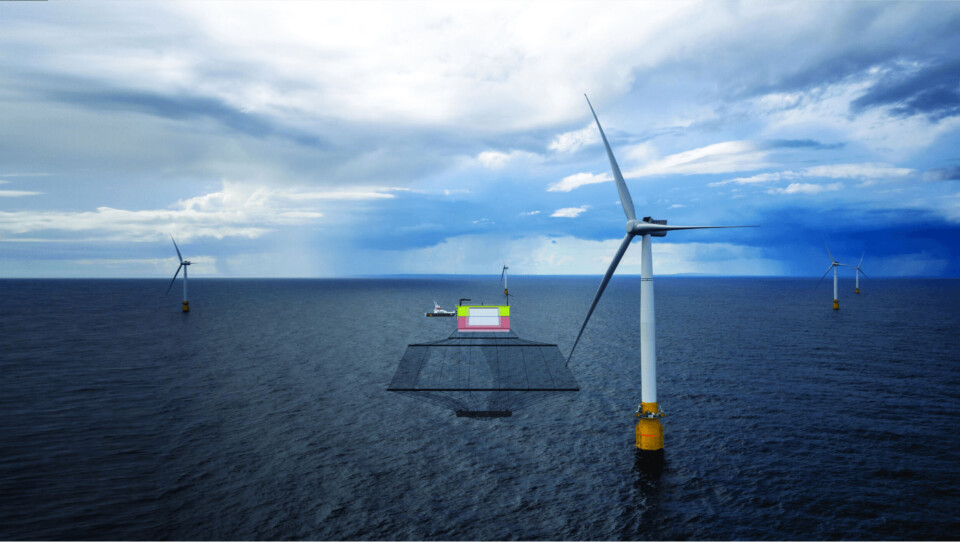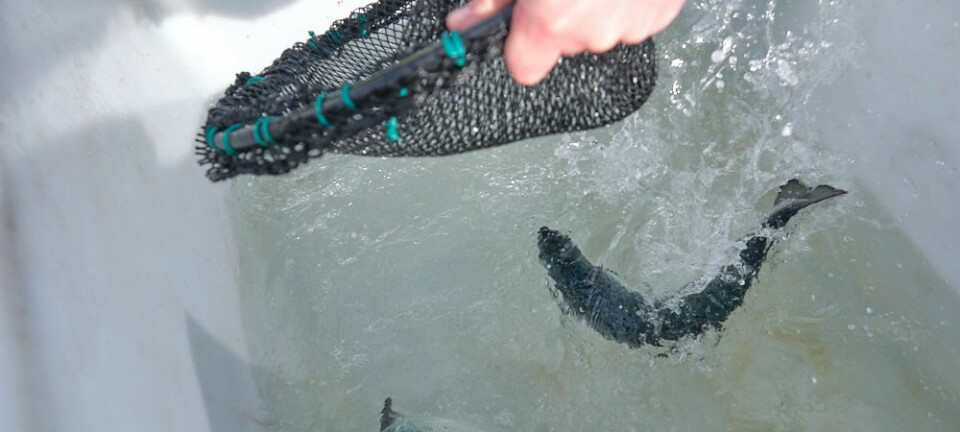
Study shows how Scotland can grow 1 million tonnes of salmon a year
Scotland could produce 1 million tonnes of farmed salmon a year by using 3,000-tonne capacity cages sited in the same areas of sea as future floating wind farms, a feasibility study has concluded.
The £50,000 study was funded by the UK government via its Seafood Innovation Fund and led by Impact-9 Energy and Marine Ltd, which has designed the giant snorkel cages around which the concept is based.
“The potential for 1 million tonnes a year of Scottish-grown salmon is an ambitious vision for the sector – but one that is feasible,” Impact-9’s founder and chief executive John Fitzgerald told Fish Farming Expert magazine.

“Production is constrained by the limited availability of deeper, sheltered water bodies in Scotland that are not already exploited to their sustainable biological capacity for fish production. Once that constraint is removed, there are not many fundamental barriers to production growth in Scotland. However, it won’t happen overnight, and the solutions must be well-engineered to be sustainable and competitive.”
60-metre depth
Impact-9’s pen design uses moorings that link a floating platform to the seabed, taking the strain off the pen itself and allowing it to flex with the ocean conditions encountered further offshore. The pens would require a minimum water depth of 60 metres, such as those already earmarked for wind farms in the Scottish government’s Sectoral Marine Plan for Offshore Wind.
There are 15 new sites in the plan, but only seven are in the west and north, adjacent to areas where salmon are already farmed. That’s enough space for 1 million tonnes of salmon, said Fitzgerald.
The company has already carried out tests on a 1:30 scale model at a testing facility in Ireland and expects to complete front end engineering design for a prototype of 1:3 or 1:2 scale next year.
Switch to smolts
Taking the industry offshore wouldn’t mean the end of fish farming at existing sites but would involve those sites being switched to production of large smolts of between 500g and 1 kilo, explained Fitzgerald.
“Impact-9’s modelling suggests that 120,000 tonnes of post-smolts would need to be produced annually to supply 1 million tonnes of offshore production capacity,” he added.
“This suggests continued demand for the existing inshore capacity and onshore hatcheries. Because of the smaller fish size (than those in grow-out pens), closed or semi-closed containment solutions are likely to be economically viable, as would onshore RAS systems capable of producing larger post-smolt fish.
Reduced impacts
“This would mean much reduced environmental impacts and sea lice interactions at sensitive nearshore sites. It would remain a circa £1 billion sector, showing that an expansion of offshore production does not necessarily imply a contraction of inshore or onshore activities.”
Read more about Impact-9’s plans in the current online edition of Fish Farming Expert magazine.























































